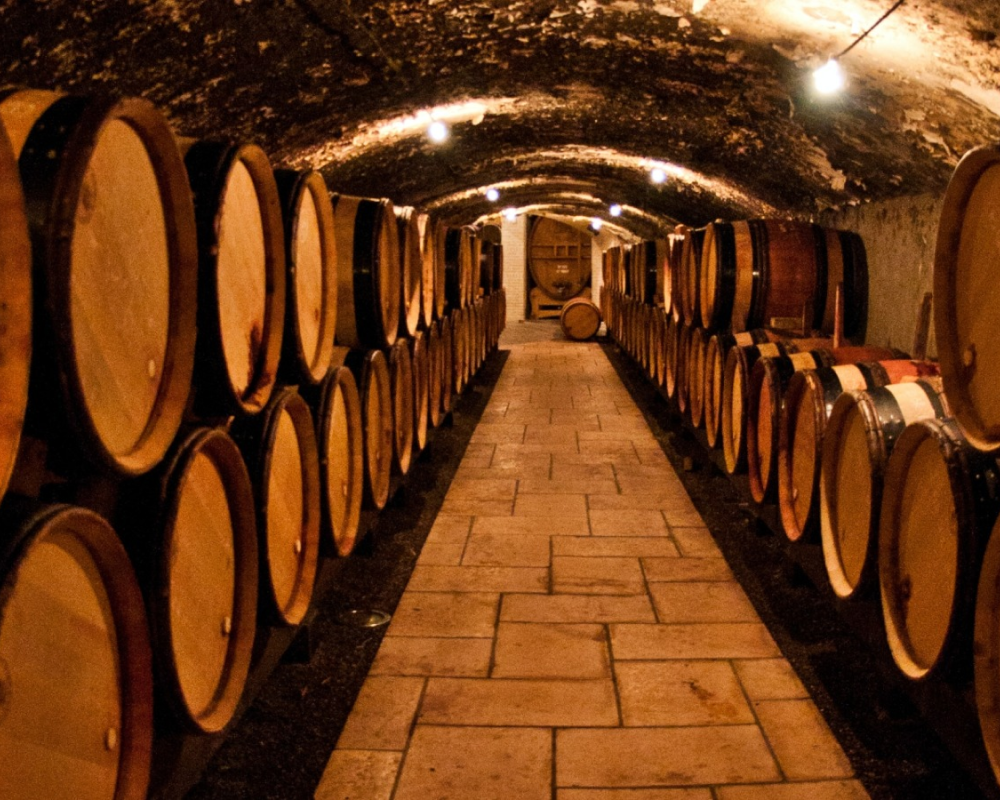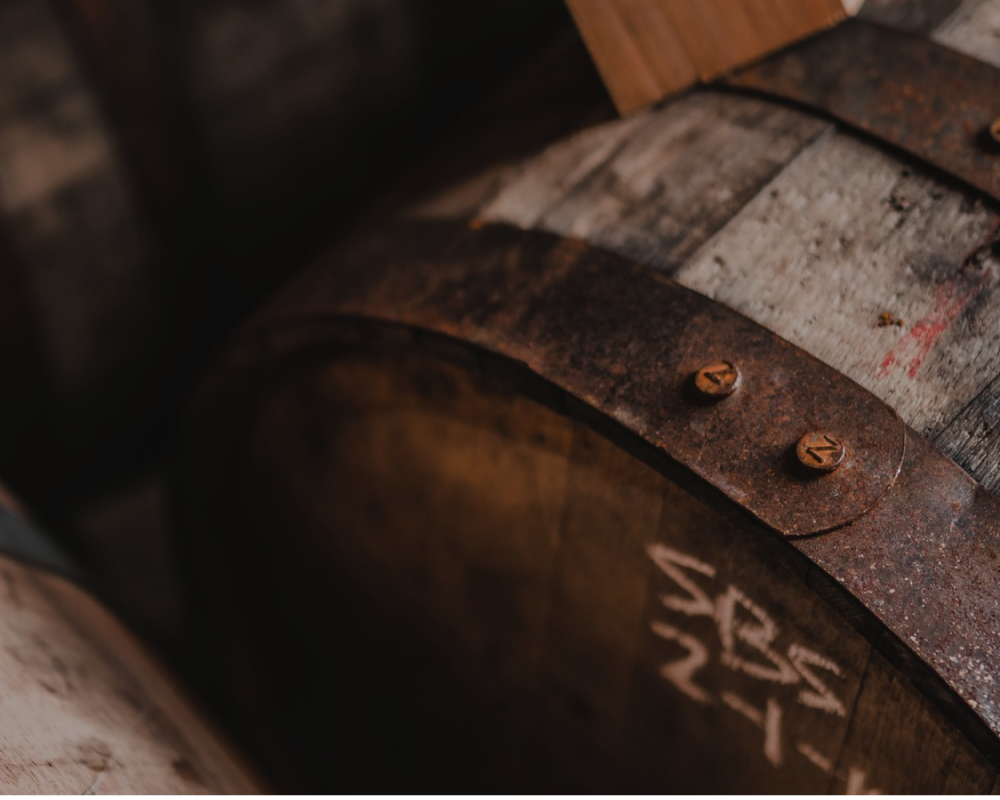When whiskey first touches your lips, the experience is like a long, unfolding poem, beginning with a gentle dance on the tongue. The first sip, a delicate interplay between the tip of the tongue and the liquid, releases subtle aromas that bloom in your mouth, like the fragrance of spring flowers drifting on a gentle breeze.
As you breathe, the whiskey slowly expands in your mouth, like a melodious symphony, with each taste bud enveloped by its intricate flavors. The deep, rich aroma of the oak barrels begins to emerge, transporting you to a serene oak forest, where the essence of the wood is revealed in all its complexity. "On a quiet night, listening to the Goldberg Variations, I find myself craving a glass of Bunnahabhain with its delicate bouquet of floral notes," writes Haruki Murakami in If Our Language Were Whiskey.

As the liquid glides across your palate, its rich layers unfold like a masterful oil painting, each stroke imbued with character. The warmth of vanilla, the sweetness of caramel, and the subtle fruit notes harmonize like the instruments in an orchestral performance, creating a captivating symphony of flavors. The finish of the whiskey is like the closing lines of a poem—softly fading, yet leaving a profound aftertaste. The lingering finish seems to pause time on your lips, as if you are savoring not just the drink, but also a piece of history and a glimpse of distant landscapes.
In the 17th century, faced with high malt taxes imposed by the British government, distillers sought refuge in the mountains to escape heavy tax burdens. This led to an unexpected discovery. Initially intended as a way to hide the spirit, new whiskey was stored in sherry oak barrels. Yet, years later, this simple act transformed the spirit's destiny. The liquid not only took on a golden amber hue but also became richer and more complex, with the harshness of the fresh spirit softened into a smooth, refined drink. This accidental discovery sparked a deep interest in oak barrel aging and marked the beginning of a tradition that continues to shape whiskey production today.

Throughout the whirl of time, whiskey-making has endured many changes, yet the tradition of aging in oak barrels has remained steadfast. Oak barrels, like wise sages, impart the essence of the wood, showcasing the elegance of the grain. The relationship between oak and whiskey is a testament to a centuries-old craft, where the influence of wood on the spirit's flavor is profound.
Among the many trees in the forest, why did distillers choose oak?
The answer lies in oak's unique properties. During transportation, barrels were often subject to friction and jostling, requiring the wood to be durable. Oak's sturdy nature earned it a reputation for resilience, as it withstood the rigors of transport without damage and resisted decay over the years. The tight grain of oak, with its mineral-blocked pores, effectively prevents leaks and offers excellent resistance to rot and pests. Moreover, the wood's microscopic pores allow for a subtle exchange of air with the liquid, which is crucial in aging. Most importantly, oak's outstanding flexibility allows the wood to be bent into various shapes when heated, making it ideal for crafting barrels.
Not all oak varieties are suitable for aging spirits; only a select few are used to make barrels for whiskey maturation. The two most common species are American white oak and European oak, each contributing distinct flavors to whiskey. American white oak, used in bourbon barrels, imparts notes of vanilla, floral aromas, lemon, and coconut. When used in sherry barrels, it adds flavors of orange, dried fruit, cream, and tropical fruits like mango and passionfruit. This variety provides distillers with a range of options, enhancing the complexity and depth of the whiskey's taste.
Oak imbues the whiskey with its soul, evolving its aroma and finish over ten, twenty years, or more, representing the enduring quality of solid wood a tribute to the passage of time. The poetic dance between wood and whiskey is a journey of history and flavor, where each sip offers an opportunity to savor the richness imparted by the wood's essence.


